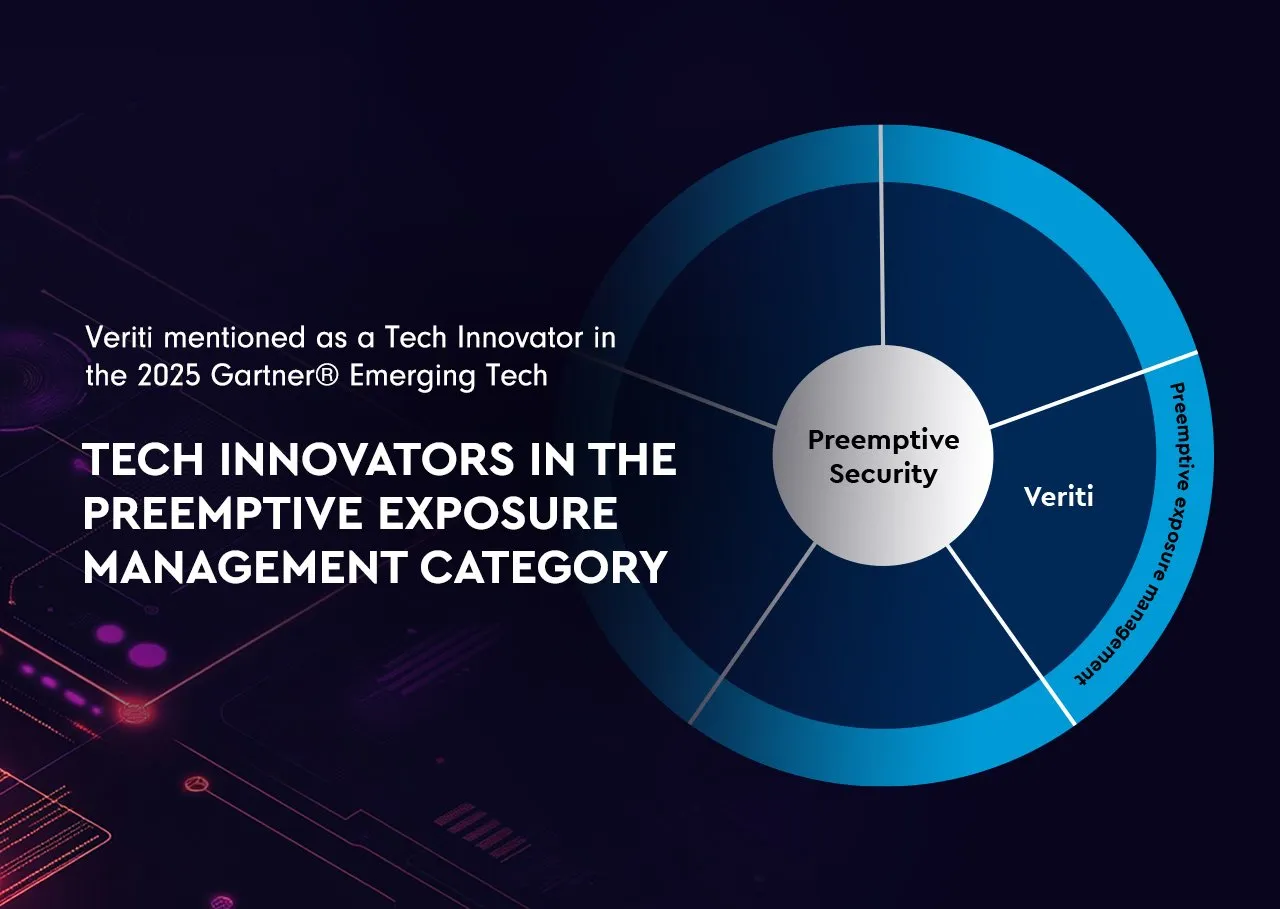Definition: Vulnerability Assessment is a comprehensive evaluation process used in cybersecurity to identify, quantify, and prioritize (or rank) vulnerabilities in a system. It involves scanning systems, networks, and applications to detect and assess vulnerabilities that might be exploited by cyber attackers. The primary goal is to identify security weaknesses before they can be exploited and to take appropriate mitigation measures.
Key Steps in Vulnerability Assessment:
- Identification: Discovering vulnerabilities in systems, software, and networks using various tools and techniques.
- Analysis: Analyzing the identified vulnerabilities to understand their nature, cause, and potential impact.
- Prioritization: Ranking vulnerabilities based on their severity, exploitability, and the potential impact on the organization.
- Reporting: Documenting the findings and providing recommendations for mitigation or remediation.
Importance of Vulnerability Assessment:
- Proactive Security Posture: Helps in identifying and addressing security weaknesses before they can be exploited by attackers.
- Compliance with Regulations: Assists in meeting various regulatory requirements that mandate regular security assessments.
- Reduced Risk of Cyber Incidents: Minimizes the likelihood of successful cyber attacks by eliminating known vulnerabilities.
- Informed Security Investments: Guides decision-making regarding where to allocate resources for maximum security impact.
Challenges in Vulnerability Assessment:
- Volume and Complexity of Vulnerabilities: Managing the large number of vulnerabilities that can be present in an organization’s systems.
- Evolving Threat Landscape: Keeping assessments up-to-date with the constantly evolving nature of cyber threats.
- Resource Constraints: Allocating sufficient time, personnel, and tools to conduct thorough assessments.
Best Practices for Vulnerability Assessment:
- Regular Assessments: Conducting vulnerability assessments regularly to ensure ongoing security.
- Comprehensive Coverage: Including all relevant systems, networks, and applications in the assessment process.
- Use of Advanced Tools: Utilizing sophisticated assessment tools that can accurately identify and analyze vulnerabilities.
- Stakeholder Involvement: Engaging relevant stakeholders to ensure all aspects of security are considered and addressed.
Vulnerability Assessment is a critical component of an effective cybersecurity strategy, providing vital insights into security weaknesses and guiding efforts to strengthen defenses. Regular and thorough assessments are essential for maintaining a robust security posture and protecting against the dynamic threats in the cyber landscape.




